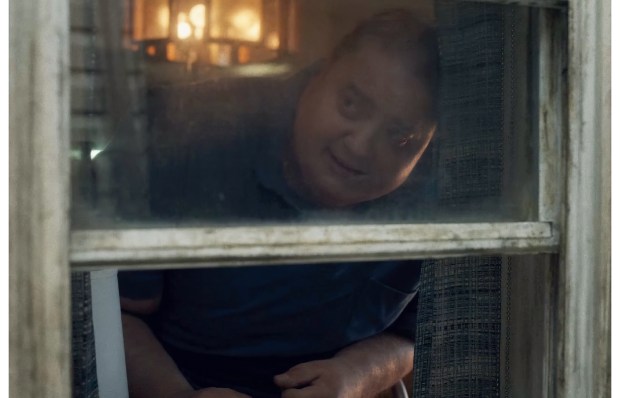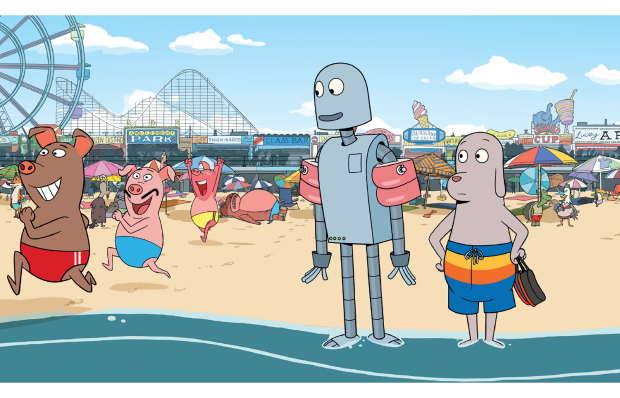These days, James Bond can no longer just be the main character in the Bond films. He’s also had to become a defiant metaphor for our times. Since Daniel Craig took over the role, Bond has regularly been told that he’s badly outdated. Yet, by the closing credits, he’s once again proved how much the world still needs him.
That this has been reflected at the box office is, I’d suggest, largely down to one neat trick: Craig’s Bond films have thrown in just enough gruff emoting to get people to go along with the pretence that his Bond is a radical reinterpretation, while still essentially sticking to their trusty old-school methods.
And for a bit, this looks like being true of No Time to Die as well. Picking up where Spectre left off, it first shows us Bond enjoying a spot of gentle domesticity with his new love Madeleine (Léa Seydoux). Before long, though, he’s survived both an explosion and various machine-gun attacks, ridden a motorbike up some steep Italian steps, blown away several baddies with the guns from his Aston Martin and made an implausible leap to safety from a high bridge — at which point, cue the opening song.
From there we cut to five years later, when Bond has retired to Jamaica alone, having decided that Madeleine set all those now-dead baddies on him. He also seems to have accepted that the world may have changed since his day — until, that is, a sinister organisation of fantastic ruthlessness and reach steals a biological weapon with the apparent if unexplained aim of killing millions. And with that, as you might imagine, Bond comes out of retirement.
Reporting for duty, he discovers what many of us have known for ages: that he’s been replaced as 007 by a non-male, non-white successor (Lashana Lynch) — although only until she realises what a great guy he is and insists that M give him his old title back.
Bond’s investigations duly lead him back to the imprisoned Blofeld, now in full Hannibal-Lecter mode. But this also means he crosses paths with Madeleine again, decides she didn’t betray him after all and gets in touch with his inner softie far more whole-heartedly than ever before — at least when he’s not slaughtering henchmen by the dozen, a fair proportion of them in a secret island lair off Japan owned by a disfigured villain.
In other words, No Time to Die is, by all traditional criteria, completely bonkers. Certainly, anybody who’s never seen a Bond movie will surely be left pretty bewildered — and not only because the Craig films are more serial than series, with viewers expected to remember 15 years of interwoven plotting. By cranking Bond’s emotional life to 11 (rather than making polite nods to its possible existence), while still sticking to those trusty old-school methods, it ends up feeling like two very different films running in uneasy parallel.
And yet, as cinematic messes go, this one proves undeniably hard to resist. For a start, Craig plays every scene with such conviction that only when the film is over do you begin to notice how contradictory many of them were. More paradoxically, the whole thing is made with such shameless brio that the messiness itself becomes part of the fun.
Got something to add? Join the discussion and comment below.
Get 10 issues for just $10
Subscribe to The Spectator Australia today for the next 10 magazine issues, plus full online access, for just $10.
You might disagree with half of it, but you’ll enjoy reading all of it. Try your first month for free, then just $2 a week for the remainder of your first year.














Comments
Don't miss out
Join the conversation with other Spectator Australia readers. Subscribe to leave a comment.
SUBSCRIBEAlready a subscriber? Log in